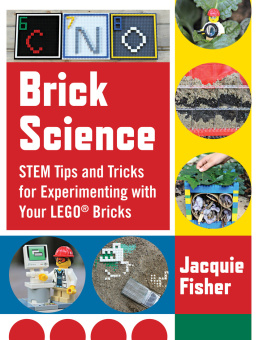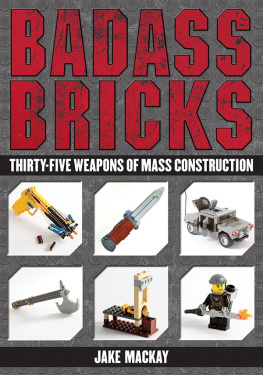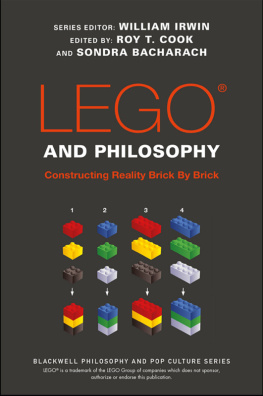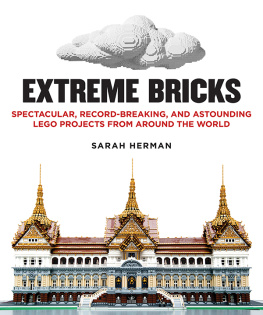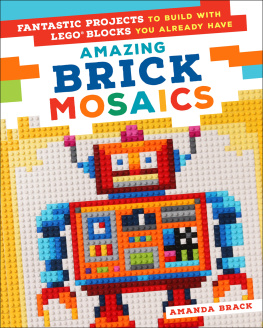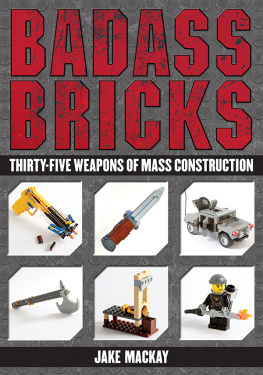

Copyright 2021 by Jacquie Fisher
All rights reserved. No part of this book may be reproduced in any manner without the express written consent of the publisher, except in the case of brief excerpts in critical reviews or articles. All inquiries should be addressed to Sky Pony Press, 307 West 36th Street, 11th Floor, New York, NY 10018.
Sky Pony Press books may be purchased in bulk at special discounts for sales promotion, corporate gifts, fund-raising, or educational purposes. Special editions can also be created to specifications. For details, contact the Special Sales Department, Sky Pony Press, 307 West 36th Street, 11th Floor, New York, NY 10018 or .
Sky Pony is a registered trademark of Skyhorse Publishing, Inc., a Delaware corporation.
Visit our website at www.skyponypress.com.
10 9 8 7 6 5 4 3 2 1
Library of Congress Cataloging-in-Publication Data is available on file.
Cover design by Mona Lin
Cover and interior photography by Jacquie Fisher
Print ISBN: 978-1-5107-4966-5
E-Book ISBN: 978-1-5107-4967-2
Printed in China
Table of Contents
An Introduction to Brick Science
Welcome to Brick Science! The projects and activities in this book will inspire kids to explore different areas of science as they create, experiment, and build with bricks.
Tips for Using this Book (A Note for Parents & Educators)
Kids will be introduced to science concepts in the areas of biology, physics, chemistry, Earth science, astronomy, and more while they learn through play and engineering along with trial and error. Most of the projects and activities are what we call an open build concept, meaning that kids can put their own twist on how they will create and build their models and experiments. If specific items or ingredients are required, the details will be listed in the Supplies area for that activity. Each project also includes a Be a Scientist: Explore More! area to encourage kids to dive deeper into the science concepts.
Each activity includes a science vocabulary list to introduce children to scientific terms. Most projects can be done either inside or outdoors, but a few do require outdoor-only environments to test the project (such as the brick sundial and rain gauge).
The Resource section will help identify which projects are considered beginner, intermediate, and advanced regarding the science concepts incorporated into the activity. Typically, beginner projects are used with preschool through 2nd grade, Intermediate projects with 3rd5th grade and Advanced projects with middle school ages. However, if your child has an interest in a project, do let them try it! Desire to try a project should always outweigh the age recommendations.
For Kids
Are you ready to try some cool science activities, create some amazing experiments, and use bricks in a whole new way?
From this point forward, you are officially a Brick Scientist!
Each of the experiments, models, and projects in this book will explore different areas of sciencebiology, chemistry, physics, Earth science, astronomy, and more. As with any area of science, there are always a few principles that should be followedstandards that will be used as we complete the various science activities.
Meet the Brick Scientists
Lets meet the three Brick Scientists who will introduce us to the standards and principles we will follow during the awesome experiments and projects in this book!

MEET ATOM
Favorite Scientist:
Albert Einstein, physicist
Favorite Science Tool:
A magnifying glass
Frequently Says:
Safety first!
Atom likes to play by the rules and follow directions. He knows that even small mistakes during a science project can mean danger! If you see Atom during one of the experiments, it means you should always wear your safety gear, follow the directions, and be sure to take precautions to keep yourself and others safe.

MEET ADA
Favorite Scientist:
Marie Curie, chemist
Favorite Science Tool:
A notebook many scientists use notebooks to write and draw their experiments and findings.
Frequently Says:
Pay attention to the details
Ada loves taking notes during her experiments and projects! She also draws pictures of her experiments and uses her computer to keep track of data she collects during her project. When Adas around, it means the project has specific instructions that should be followed, kind of like a recipe. If you skip one of the steps or do them out of order, the experiment may not work!

MEET CHARLIE
Favorite Scientist:
Charles Darwin, naturalist
Favorite Science Tool:
Safety goggles
Frequently Says:
Will this work the right way?
Charlie knows that some science experiments and activities can involve many steps and use ingredients that are new or unfamiliar. In science, its important to remember that we need to read carefully, ask questions if we are unsure, and know that the outcome might be different than we expectedand thats ok!

Exploring Earth Science with Bricks
Earth science is the branch of science that focuses on the Earth and its atmosphere. It includes the areas of geology, the weather, the oceans, biomes, and environmental issues.
We will explore Earth science using bricks for the following activities and projects:
Building a Dinosaur Dig to learn about fossils and paleontology.
Creating a model of the layers of the atmosphere.
Learning about water and the environment by making a Brick Water Cycle model.
Using items from nature to create data graphs and tables.
Exploring how ancient people tracked time using the sun with a Brick Sundial.
Measuring the weather by constructing a rain gauge.
Investigating the night sky by building constellations.

DIY BRICK DINOSAUR DIG
Wouldnt it be cool to discover a dinosaur bone or fossil?
Or even a whole dinosaur skeleton?
Scientists who dig up and study the fossils of plants and prehistoric animals are called paleontologists. While it is hard to go out and find real dinosaur bones or fossils, you can learn how to be a paleontologist at home by building your own Brick Dinosaur Dig! (If you are an adult reading this book, this is also a cool activity for a birthday party or summer camp!)
BUILDING A DINOSAUR SKELETON
For this science activity, youll need the following supplies:
A large baseplate
White or light gray bricks in the following sizes: 1x2, 1x3, 1x4, and 1x6
Some sand which will be used to cover your fossil
A medium sized paint brush
A shallow plastic tub or sandbox large enough to hold the baseplate
Next page
